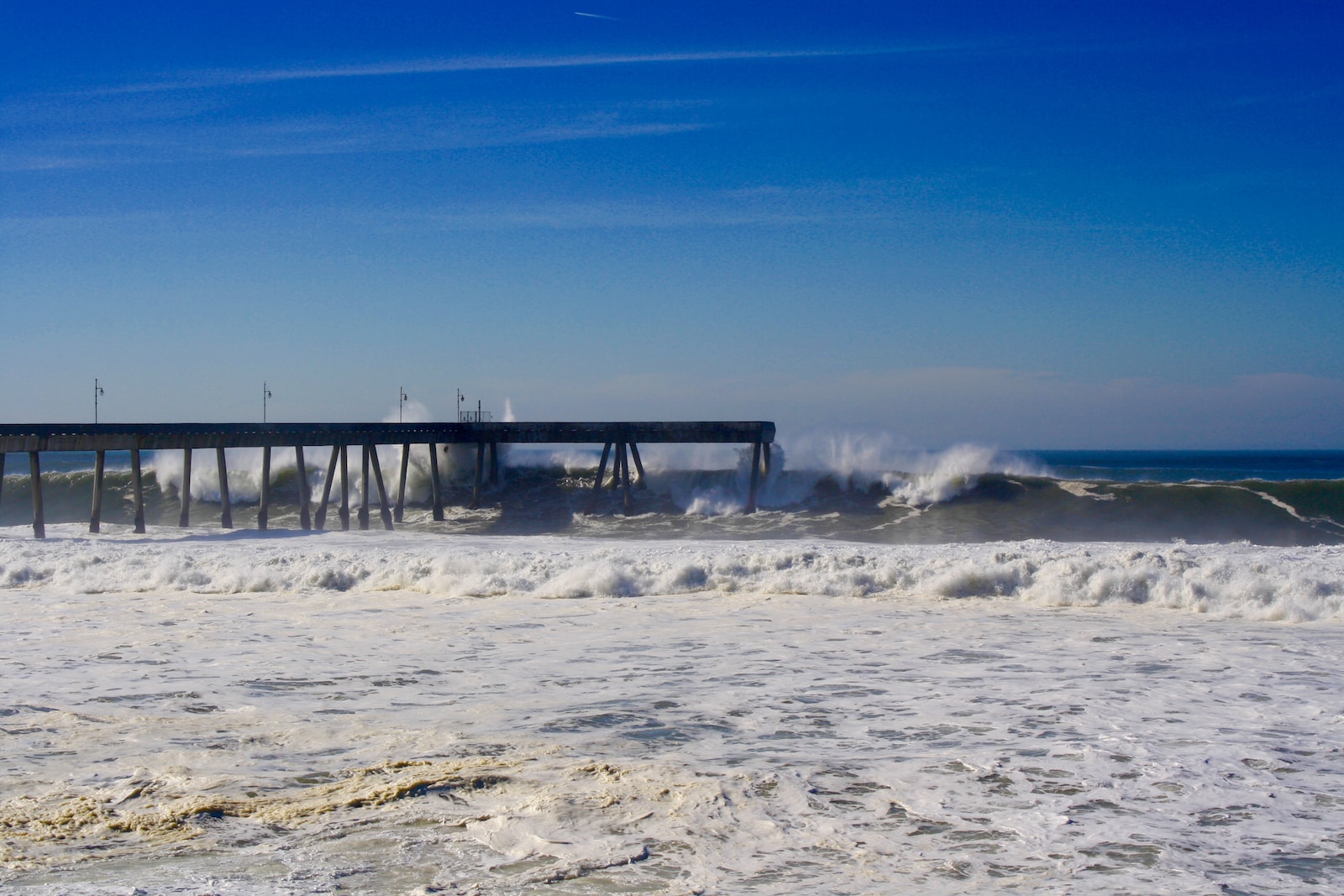Table of Contents
ToggleIntroduction:
California’s picturesque coastline is known for its stunning surf and vibrant beach culture. However, new research has revealed a concerning trend: the waves off California’s coast are getting bigger. This increase in wave height is attributed to the warming of the Earth’s climate, which has far-reaching consequences for coastal communities. In this article, we delve into the innovative research that has uncovered this phenomenon and explore the implications it holds for the future.
The Impact of Climate Change on California’s Waves:
As our planet experiences the effects of climate change, the world’s oceans are undergoing significant shifts. Studies have shown that waves are not only increasing in height but also gaining more power. These changes are particularly evident along California’s coast, where waves have become taller and more forceful. Intense storms and massive surf have already caused damage to coastal infrastructure, eroded beaches, and triggered landslides.
Unconventional Research Reveals the Changing Wave Height:
Oceanographer Peter Bromirski from the Scripps Institution of Oceanography took an unconventional approach to measure the increase in wave height. By analyzing seismic records dating back to 1931, Bromirski and his team were able to track the change in wave height over time. Seismic activity caused by waves colliding with incoming waves and creating energy ripples on the seafloor provided valuable data. This innovative method allowed researchers to gather historical wave height information beyond the limitations of traditional buoy measurements.
Historical Data and Seismic Records Shed Light on the Trend:
While previous wave height data relied on buoys, the records along the California coast only dated back to 1980. By utilizing seismic records and digitizing decades’ worth of daily readings, Bromirski’s team uncovered a trend in average winter wave heights. Since 1970, waves have grown by as much as a foot, coinciding with the acceleration of global warming. Additionally, swells measuring at least 13 feet tall now occur twice as often as they did between 1949 and 1969.
Rising Wave Heights and Increased Frequency:
The increase in wave height is accompanied by a significant rise in the frequency of big wave events. Since 1970, there have been approximately twice as many such events compared to the period before 1970. This trend further highlights the impact of climate change on wave dynamics and the potential risks it poses to coastal areas.
The Consequences for Coastal Communities:
Coastal communities along California’s coast are already experiencing the consequences of bigger waves. Erosion, coastal flooding, and damage to infrastructure are becoming more frequent. With the combination of rising sea levels and more powerful waves, these events are expected to occur with greater frequency and severity. Sea cliffs have already begun crumbling, leading to the loss of homes. Projections indicate that even moderate waves by the end of the 21st century could cause damage equivalent to extreme weather events.
Climate Change and Extreme Weather Events:
The correlation between climate change and extreme weather events is well-established. The intensification of hurricanes and the lengthening of their durations are clear indicators of a warming planet. The increase in wave height off California’s coast aligns with this pattern, suggesting that climate change is driving the violence and power of oceanic phenomena.
Scientists’ Concerns and Projections for the Future:
Renowned oceanographer Gary Griggs from the University of California Santa Cruz emphasizes that the findings are consistent with what scientists know about the warming of the world’s oceans. Griggs highlights the urgency to respond to these changes. As sea levels rise and storms become more intense, coastal communities must prepare for increased flooding, beach erosion, landslides, and the destabilization of bluffs.
Conclusion:
The evidence is clear: as the Earth’s climate warms, bigger waves are becoming more common off California’s coast. Through innovative research methods and the analysis of seismic records, scientists have unveiled a trend in increasing wave height over the past 90 years. The implications of these changes are significant for coastal communities, which face erosion, flooding, and infrastructure damage. It is crucial for society to acknowledge these findings, adapt to the evolving coastline, and implement measures to mitigate the risks posed by the changing nature of our oceans.







